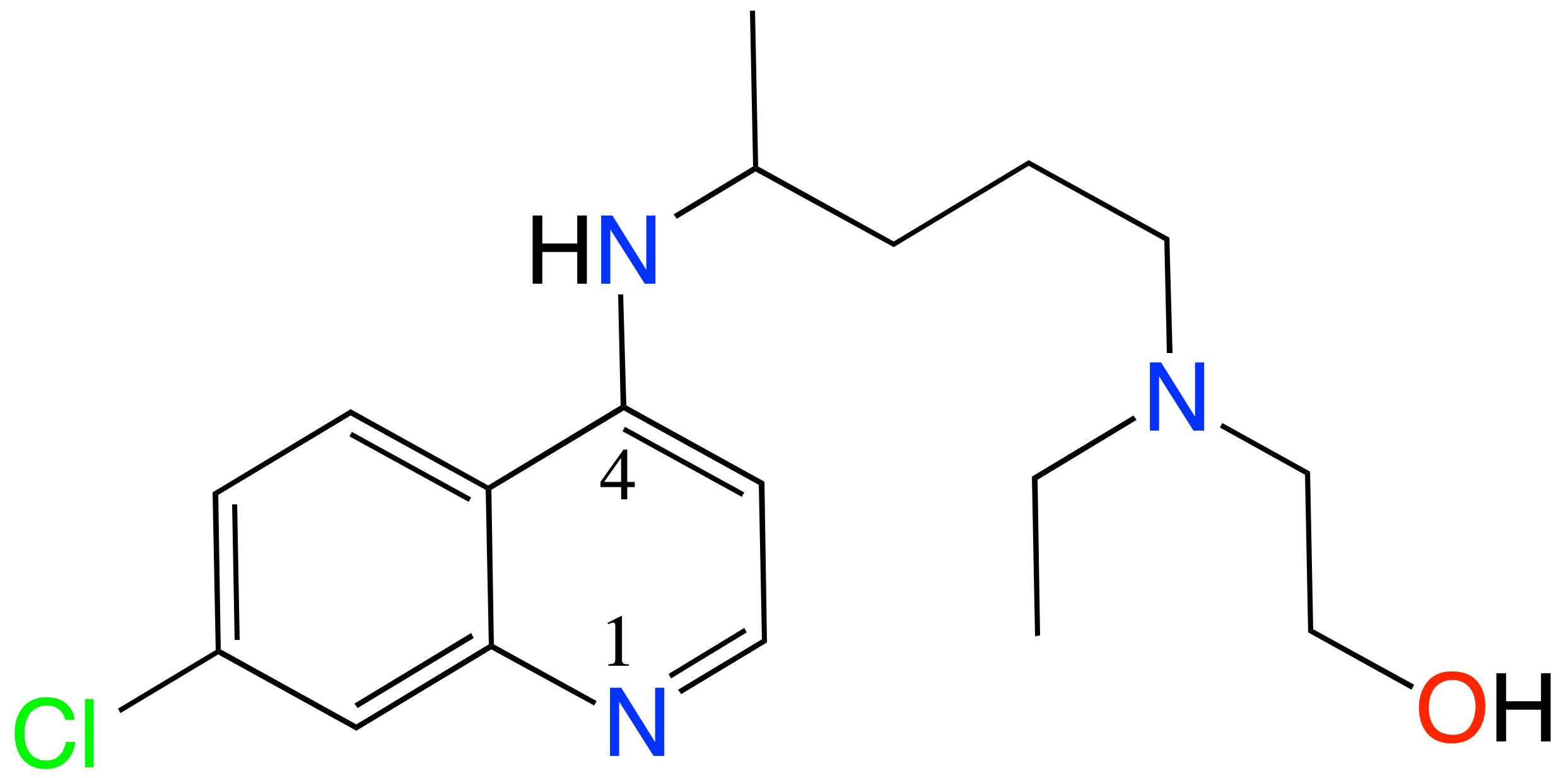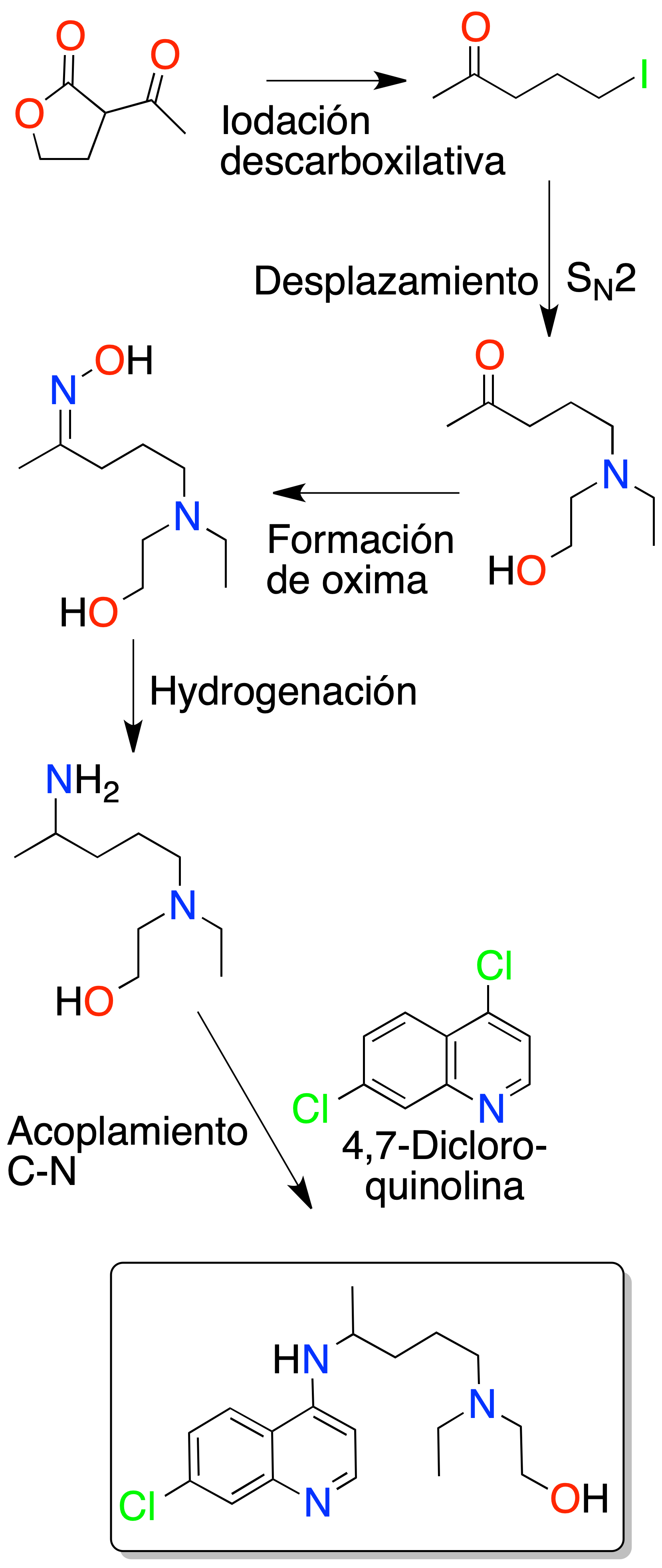What is hydroxychloroquine?
Hydroxychloroquine (HCQ) is a molecule of the quinoline family, specifically those with an amino group (-NH2) on carbon 4 of that ring (4-aminoquinolines). The IUPAC systematic name is (RS)-N’,N’-(7-chloroquinolin-4-yl)-N,N-diethyl-pentane-1,4-diamine.
Similar to the chloroquine but that presents in the side chain a group hydroxyl (-OH). So, its systematic name of the IUPAC is (RS)-2-[{4-[(7-chloroquinolin-4-yl)amino]pentyl}(ethyl)amino]ethanol.
 |
| 3D Structure |
The main application is called nonsteroidal anti-inflammatory drug (NSAID) in the prevention and treatment of malaria. In addition, in other autoimmune diseases such as systemic lupus erythematosus and rheumatoid arthritis.
Synthesis of hydroxychloroquine
Recently, E. Yu et al.in 2018, they managed to synthesize the hydroxychloroquinesaving stages, which employed protecting groups and improving in 52% of the current business processes, as indicated below.
The synthesis mainly consists in the coupling of the link C-N the 4,7-dicloroquinolina with the derived amino corresponding alcohol, which is obtained in four stages, using as starting material the 3-acetildihidro-2(3H)-furanona.
